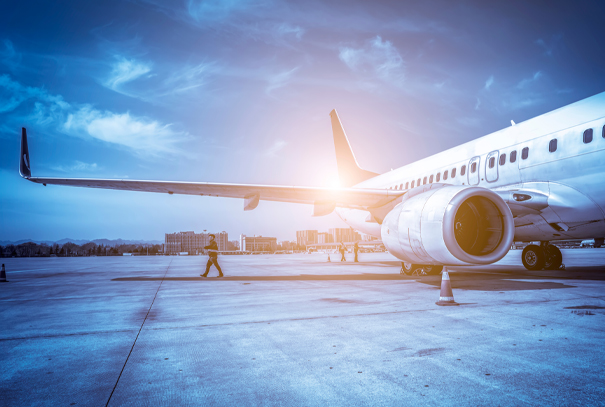Authors: Edward Spencer, Partner & Ashleigh Ovland, professional support lawyer (Aerospace), Holman Fenwick Willan LLP

Airline operators and their insurers alike will be interested in statistics recently released by IATA which show that, despite the historic low volume of flight operations over the last few months, the percentage of unstabilised approaches prior to landing has dramatically increased.
The data has prompted IATA to issue a warning to operators about the need to adhere to standard operating procedures and ensure that risk mitigation strategies are reviewed. Is this an aberration, or is it a symptom of a broader issue concerning the degradation of piloting skills caused by extensive periods of downtime during the coronavirus pandemic?
Unstable approaches have recently more than doubled compared to the same point last year - a stark and potentially worrying trend.
Unstabilised approaches have frequently found themselves to be the origin of serious incidents resulting in damage to equipment and worse. The loss of an Airbus A320 at Karachi in May involved an approach which on any analysis was not only unstabilised but profoundly so, while an Air India Express aircraft which crashed in early August had aborted two landings before landing long and skidding off the runway on the third attempt.
The criteria for a stabilised approach is not the subject of mandatory regulatory requirements on a global level. Instead, the position tends to be left to the airlines themselves – although, amongst most of them, it is fair to say that the criteria is largely consistent with the aircraft having to meet the following primary characteristics by 1,000ft AGL:
- Landing gear down and locked
- Flaps deployed in the correct position for landing
- Target V-ref speed achieved
- Correct power setting inputted
- Aircraft established on a 3° glideslope or the appropriate glideslope for a visual approach
Within many airlines, the standard practice is for the nonhandling pilot to check that by the 1,000ft mark, each of the above parameters has been met. If all of these have been met, the standard callout is “stable”. If not, the standard callout is “Unstable. Go around”, in which instance the approach is abandoned. IATA is keen to emphasise that “the decision to execute a go-around is not, in any way, an indication of poor flight crew performance but rather prudent decision-making. There should be a clear nonpunitive go-around policy”.
In most countries around the world, the strict legal criteria for a pilot who is about to operate a passenger flight is that he or she must have undertaken three take-offs and three landings (including ones carried out in a simulator) in the previous 90 days. If all such take-offs and landings have been performed at the very beginning of that 90-day period, it is possible that pilots can still legally operate flights without having done a single take-off or landing in the previous three months. Is this a cause for concern? “Not really,” advises a senior Captain and type rating examiner for a UK-based airline with over 20,000 hours of personal flying experience.
“Take-offs and landings are usually straightforward and only really become a challenge when marginal weather is encountered. My bigger concern would be pilots returning to the flight deck for the first time in many weeks and committing errors in the various pre-flight checks when the aircraft is being set up for its flight. Distraction combined with lack of recency could pose a real problem here and I am certainly very mindful of this in the run-up to my next operation, which will be the first one in many weeks. However, I am not sure that all pilots will necessarily be of the same mindset”.
With pilots worldwide having been grounded in unprecedented numbers, for unprecedented lengths of time, airlines must now ask themselves whether their standard approach to training and safety needs to be revised to take into account new human factor risks created by the pandemic. A failure to do so (particularly in the light of express warnings like that issued by IATA) could create or compound liability exposures if the worst happens and an accident occurs.
Thankfully, the levels of redundancy and automation built into modern passenger aircraft are more extensive than ever before. Whilst these have been known to create their own set of challenges, most commentators are agreed that these systems have significantly enhanced rather than diminished safety. It seems as if, however, they will be put to the test as the airline industry strives to return to its new normal.


